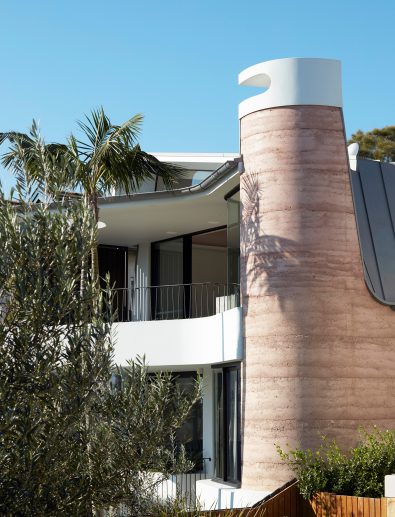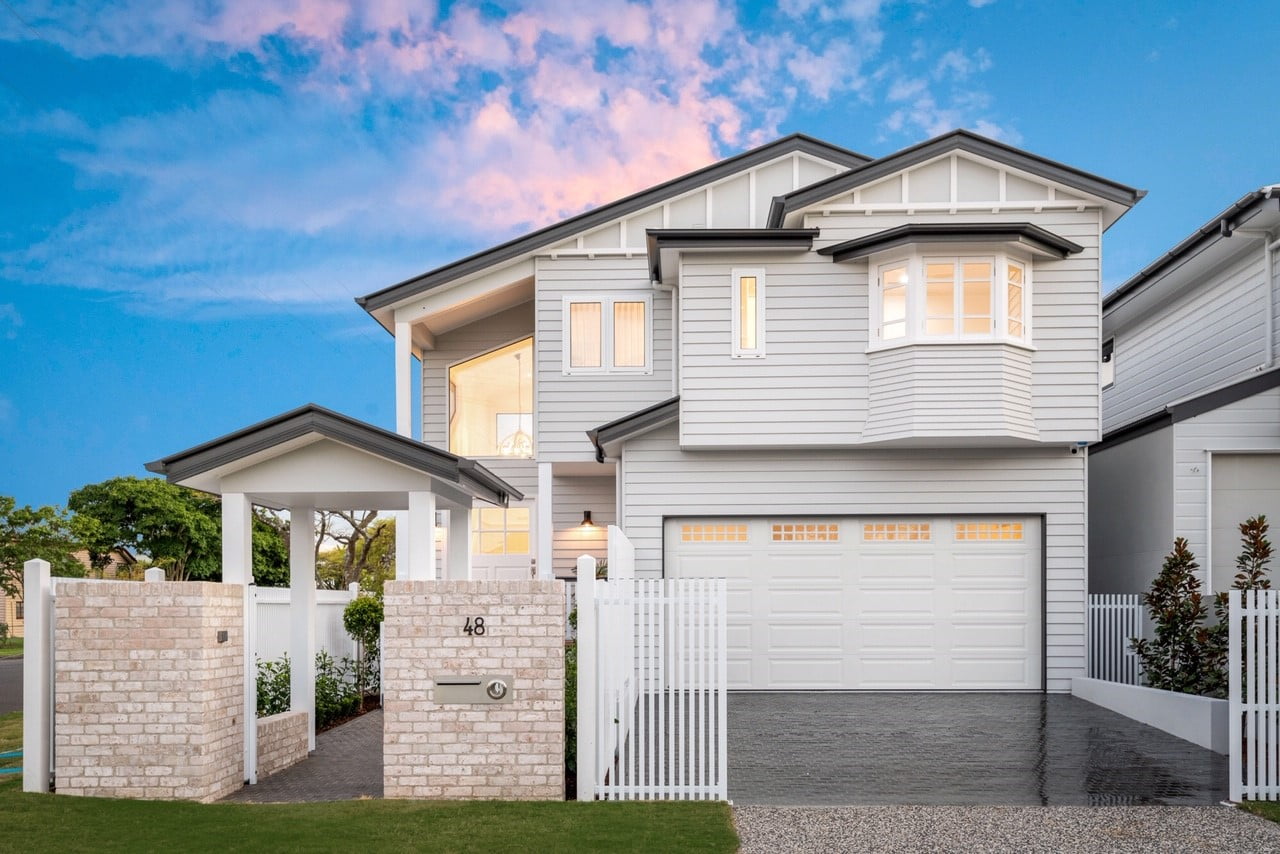Expert Residential Architecture Homes for High-Quality and Timeless Designs
Just How Residential Architects Create Personalized Houses for each Lifestyle
The process by which domestic designers style personalized homes is a nuanced interplay of understanding customer needs and translating those insights right into functional living rooms. Via comprehensive consultations and the usage of layout devices, engineers capture the significance of their customers' lifestyles, making certain that each home shows personal values and aspirations.
Understanding Client Needs

Efficient interaction is critical in this procedure. Architects ought to urge clients to verbalize their way of lives, family characteristics, and future aspirations, making certain that the design mirrors their special identification. By employing tools such as surveys, meetings, and aesthetic studies, designers can collect valuable insights right into the client's vision.
Furthermore, comprehending the context in which a home will exist is essential. Engineers have to think about factors such as the website characteristics, regional environment, and social influences that can influence the style. This alternative strategy permits the development of rooms that are not just aesthetically pleasing yet likewise practical and lasting.
Eventually, a deep understanding of customer needs makes it possible for engineers to produce customized homes that boost the lifestyle for their passengers, fostering a sense of belonging and comfort within their living settings.
Design Refine and Collaboration
The layout process in residential design is a dynamic interplay of imagination and cooperation, where engineers, customers, and various stakeholders function closely to bring a vision to life. This iterative journey generally begins with a series of meetings to develop an extensive understanding of the customer's goals, preferences, and lifestyle demands. Throughout these discussions, architects collect vital info, enabling them to conceive designs that align with the client's vision.
Adhering to the preliminary consultations, the style stage advances with sketches, 3D designs, and architectural renderings. This visual interaction serves as a device for engineers to existing ideas, while also inviting customer comments, making certain that the final layout resonates with their expectations. Effective collaboration with designers, service providers, and indoor designers is vital during this stage, as it makes sure that all practical aspects of the job are effortlessly incorporated.

Incorporating Lifestyle Components
Incorporating way of living aspects right into residential layout is necessary for developing areas that absolutely resonate with the occupants. residential architecture homes. This process begins with comprehending the distinct needs, choices, and day-to-day routines of the property owners. Architects take part in comprehensive conversations to reveal just how the individual or household utilizes their space, whether for enjoyable visitors, seeking pastimes, or looking for peaceful hideaway
As soon as these insights are gathered, architects can customize layout functions that boost everyday experiences. As an example, open floor plans may be created for family members that prioritize togetherness, while devoted work spaces can be integrated for those who function from home. Outdoor locations, such as gardens or patios, can be highlighted for households that take pleasure in exterior tasks or enjoyable.
Furthermore, adaptability is a vital factor to consider; multi-functional rooms enable adaptability as lifestyles advance gradually. Custom storage solutions can also be incorporated to fulfill specific company needs, ensuring that the home remains practical and clutter-free. Ultimately, by thoughtfully weaving way of life aspects right into the building textile, residential architects develop customized homes that not just meet aesthetic needs yet likewise considerably boost the lifestyle for their customers.
Lasting and Smart Style
Sustainable and smart design increasingly plays a crucial duty in residential style, as property owners look for to decrease their ecological effect while improving their living experiences. Designers are currently incorporating eco-friendly materials, energy-efficient systems, and cutting-edge modern technologies to create homes that not just meet visual needs however also offer the earth.
Incorporating renewable resource sources, such as photovoltaic panels and wind generators, allows home owners to harness natural deposits, dramatically decreasing dependence on conventional power grids. Smart home innovations further enhance sustainability by maximizing energy usage via automated systems that manage home heating, cooling, and lights based on tenancy and preferences.
Additionally, using lasting building materials-- like redeemed wood, bamboo, and reused steel-- advertises a round economic situation, decreasing waste and resource consumption. Designers likewise highlight easy design concepts, making sure homes are oriented for maximum natural light and ventilation, therefore decreasing the demand for man-made heating & cooling.
Along with environmental advantages, clever and sustainable layout adds to the total convenience and health of residents. By focusing on indoor air quality and all-natural aspects, architects produce areas that cultivate health, permitting house owners to flourish in consistency with their atmosphere.
Finalizing and Carrying Out Strategies
Completing and site link implementing plans is a vital stage in the household design process, where the vision of a tailored home begins to materialize. This phase involves thorough interest to information, making certain that every element of the design is exactly expressed and all set for construction. residential architecture homes. Designers work together carefully with customers to assess final plans, addressing any type of final adjustments or concerns, while making certain that all elements straighten with the property owner's way of living demands
When plans are finalized, engineers prepare detailed building files, including detailed illustrations and specs that serve read review as a blueprint for builders. These documents lay out materials, coatings, and setup techniques, providing quality for subcontractors and service providers. Additionally, securing needed authorizations and adhering to neighborhood building regulations is vital, as it makes certain conformity and smooth project execution.
By fostering a joint atmosphere, architects can ensure that the implementation lines up with the original vision. Ultimately, this essential stage transforms principles into fact, laying the foundation for a home that reflects the special way of life and choices of its occupants.
Conclusion
In verdict, household designers play an essential function in crafting personalized homes that cater to varied way of lives. With precise understanding of customer needs, joint style procedures, and the integration of way of life aspects, designers make certain that each home reflects private preferences.
The procedure by which go to the website property architects style tailored homes is a nuanced interaction of comprehending client needs and converting those understandings right into practical living spaces. Through thorough assessments and the use of style devices, architects catch the significance of their clients' lifestyles, making sure that each home reflects personal values and ambitions. Architects need to motivate customers to express their way of lives, family characteristics, and future ambitions, making certain that the layout shows their one-of-a-kind identification.The design process in domestic design is a vibrant interaction of creative thinking and collaboration, where designers, clients, and different stakeholders work very closely to bring a vision to life - residential architecture homes. Through thorough understanding of client demands, collaborative style processes, and the integration of way of living aspects, architects make certain that each home shows specific preferences